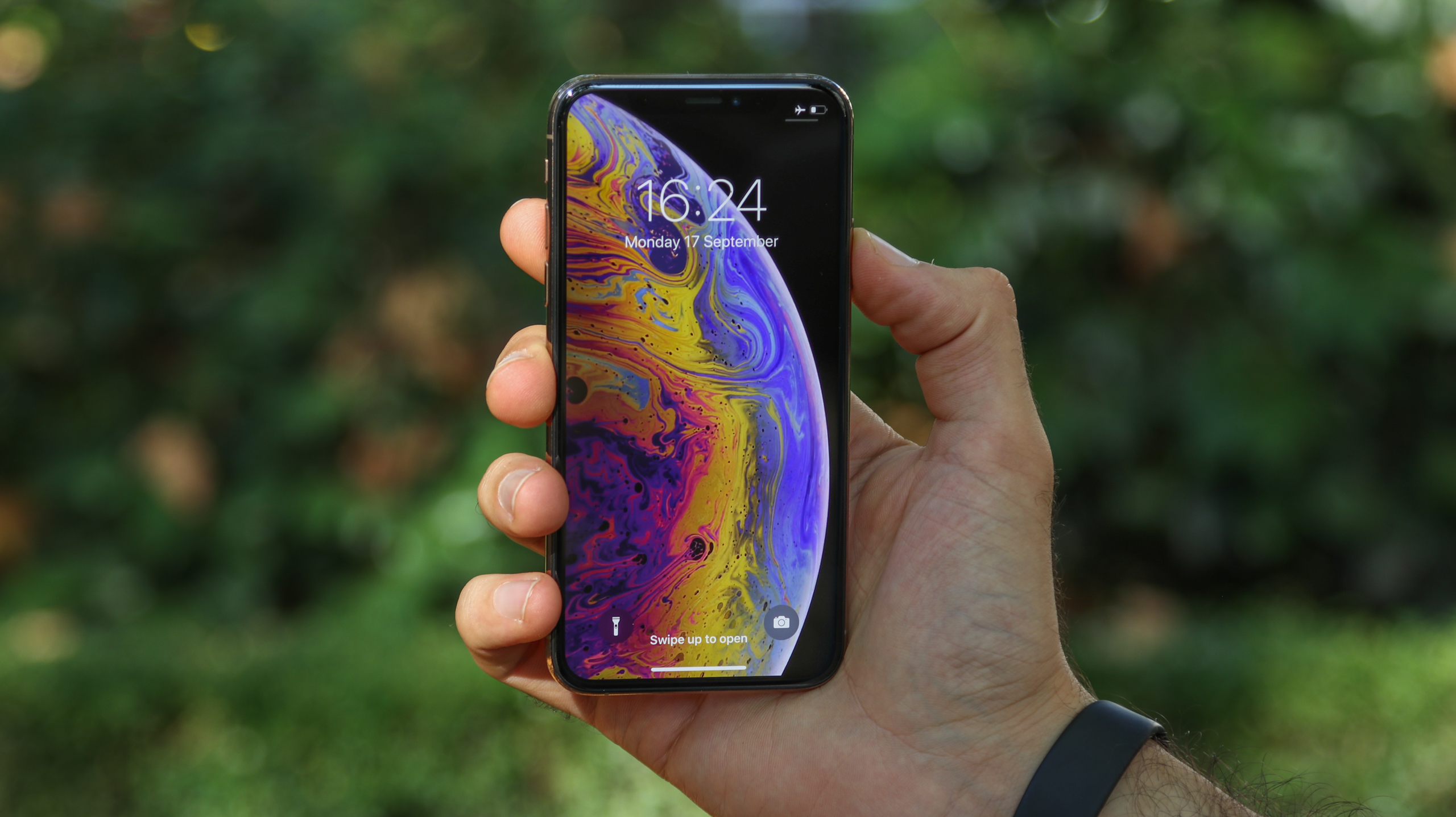Why you can trust TechRadar
The camera on the iPhone XS has been a tough one to review when comparing it to last year’s iPhone X, as the two seem very similar indeed. Both offer a dual 12MP sensor on the rear, with one a telephoto lens for lossless zooming and the other a ‘standard’ wide-angle affair.
There’s optical image stabilization on both for improved video, so the top-line specs feel fairly similar.
Below that is where the changes lie, though. For instance, the size of the pixels has been increased to allow greater sensitivity to light, for better low-light photography. The sensors are still f/1.8 and f/2.4 (wide angle and telephoto, respectively) so you won’t be able to zoom in as well in darker scenes, but those numbers are pretty acceptable for a top-end smartphone, if not mind-blowing.
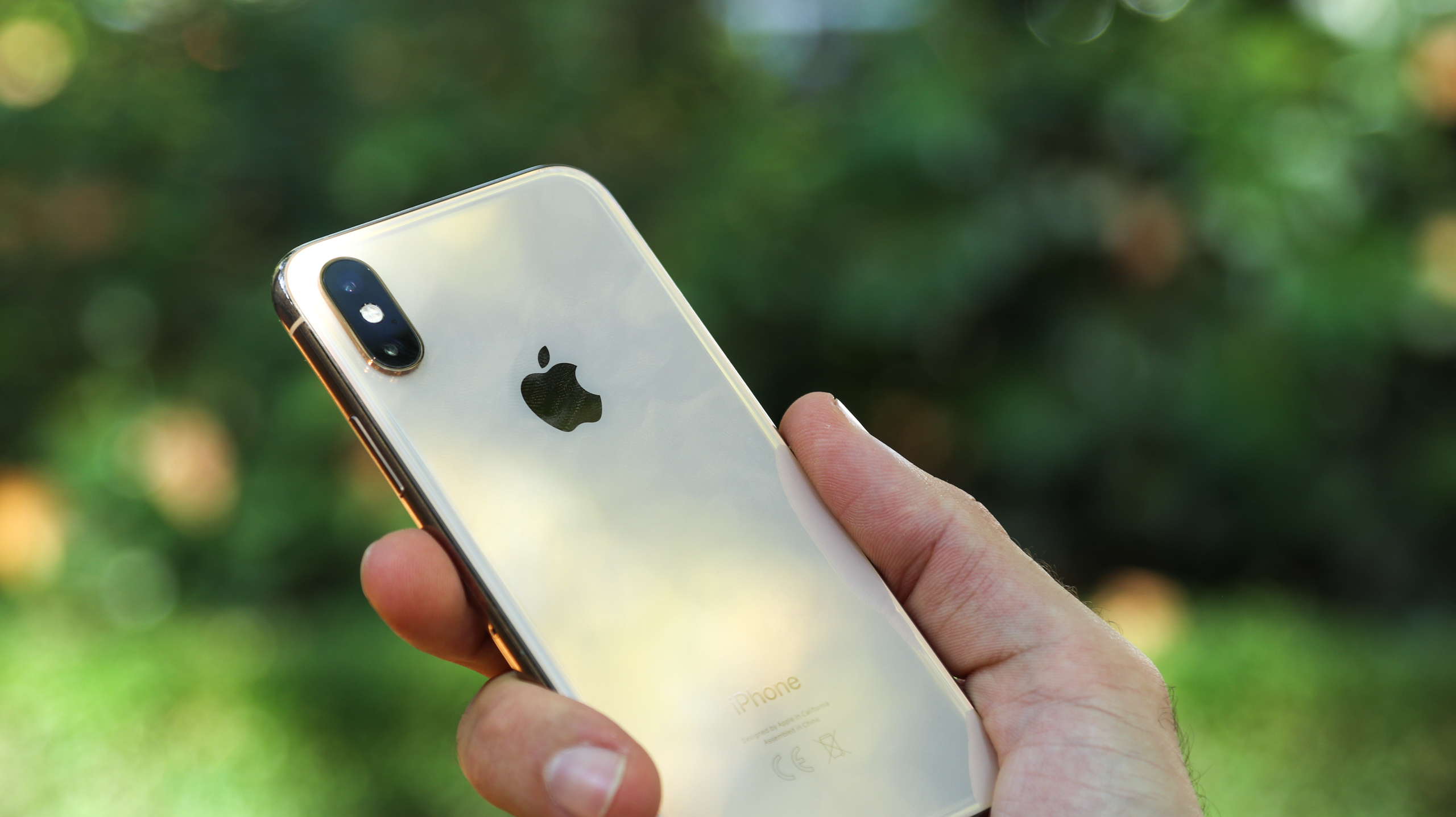
The depth of the pixels has also been increased to allow for better auto-focus, although in our testing we didn’t notice a dramatic increase in sharpness when moseying around taking snaps.
Smart HDR has also been added to the mix, which is a bit of a tricky extra to explain as it’s drawing in from faster autofocus, a stronger image processor in the A12 Bionic chip and some algorithmic enhancements from Apple.
The effect the brand is pushing is something that can bring out the detail in the whole shot and do it really sharply, without over-exposing or blurring. In reality, this is Apple’s play against the intelligent shot processing seen on the Google Pixel 2, the Huawei P20 Pro and the Samsung Galaxy S9, and it largely works.
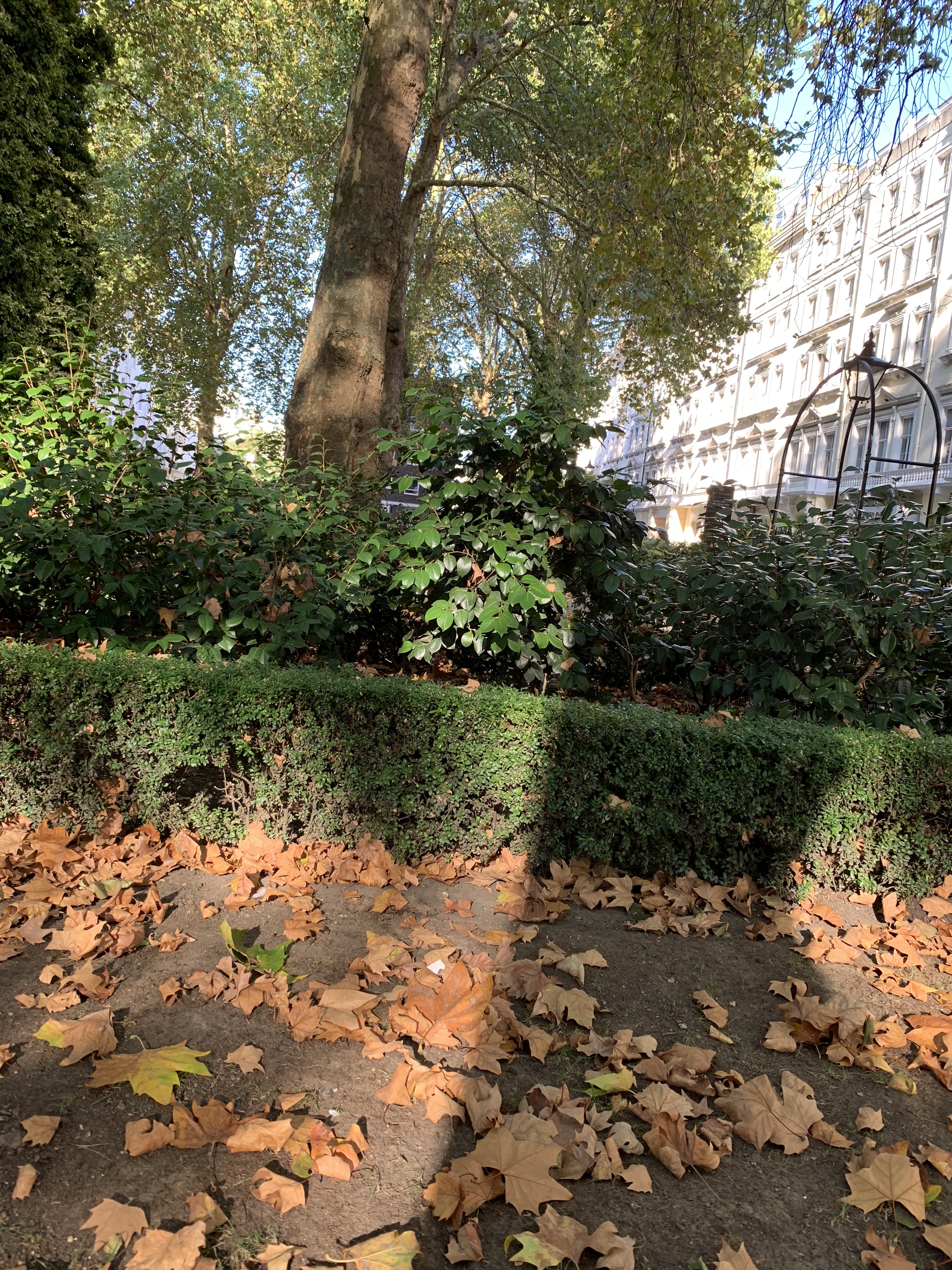
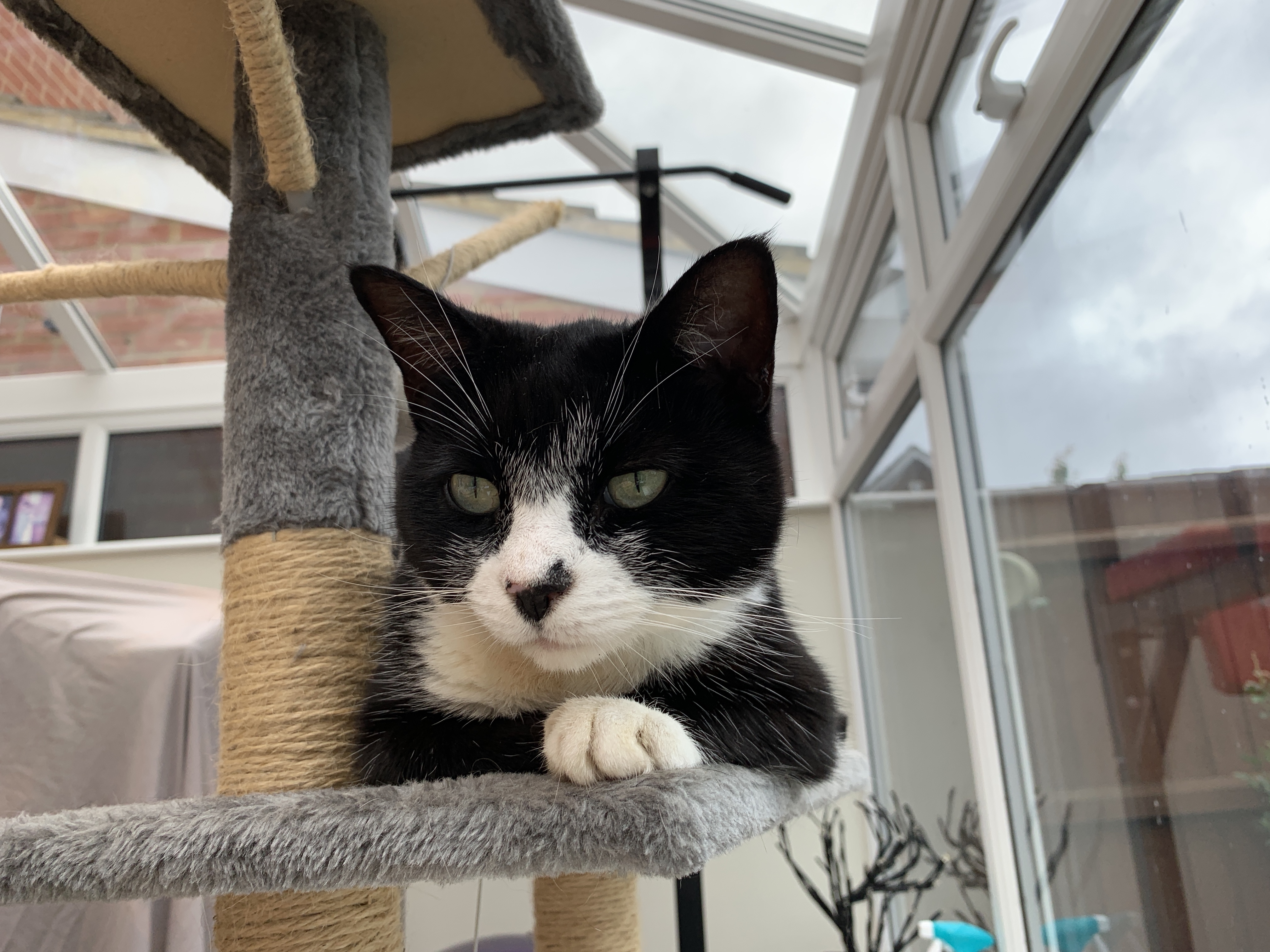
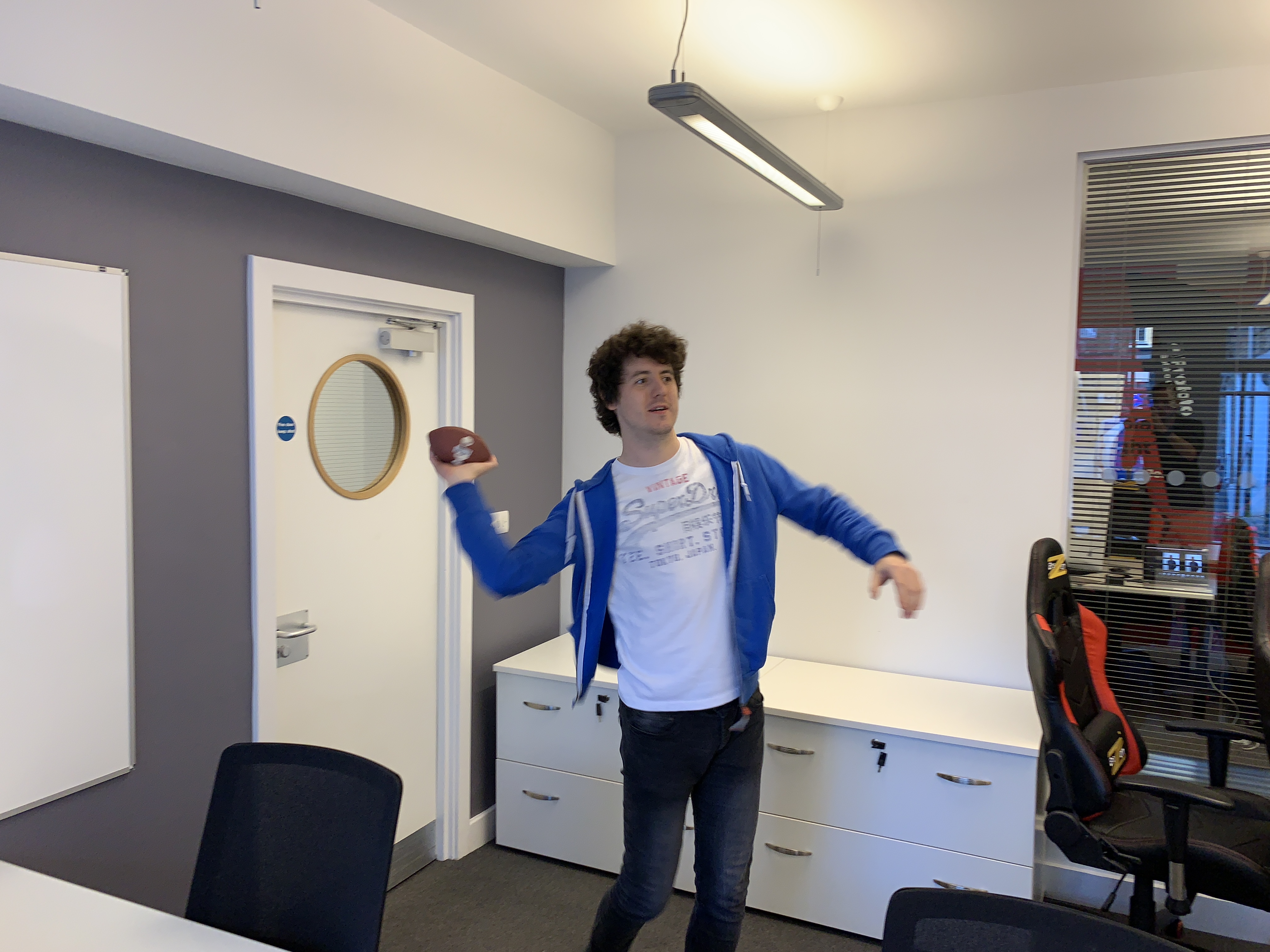

So how does the new iPhone XS camera perform in general, day-to-day conditions when you’re just taking average snaps of your average life, and not travelling to east Asia to photograph a man flicking dreadlocks out of the sea?
Overall, very well. Some of the shots we created with the iPhone XS were incredibly detailed and packed with color and sharpness, leaping off the screen with the vibrancy.
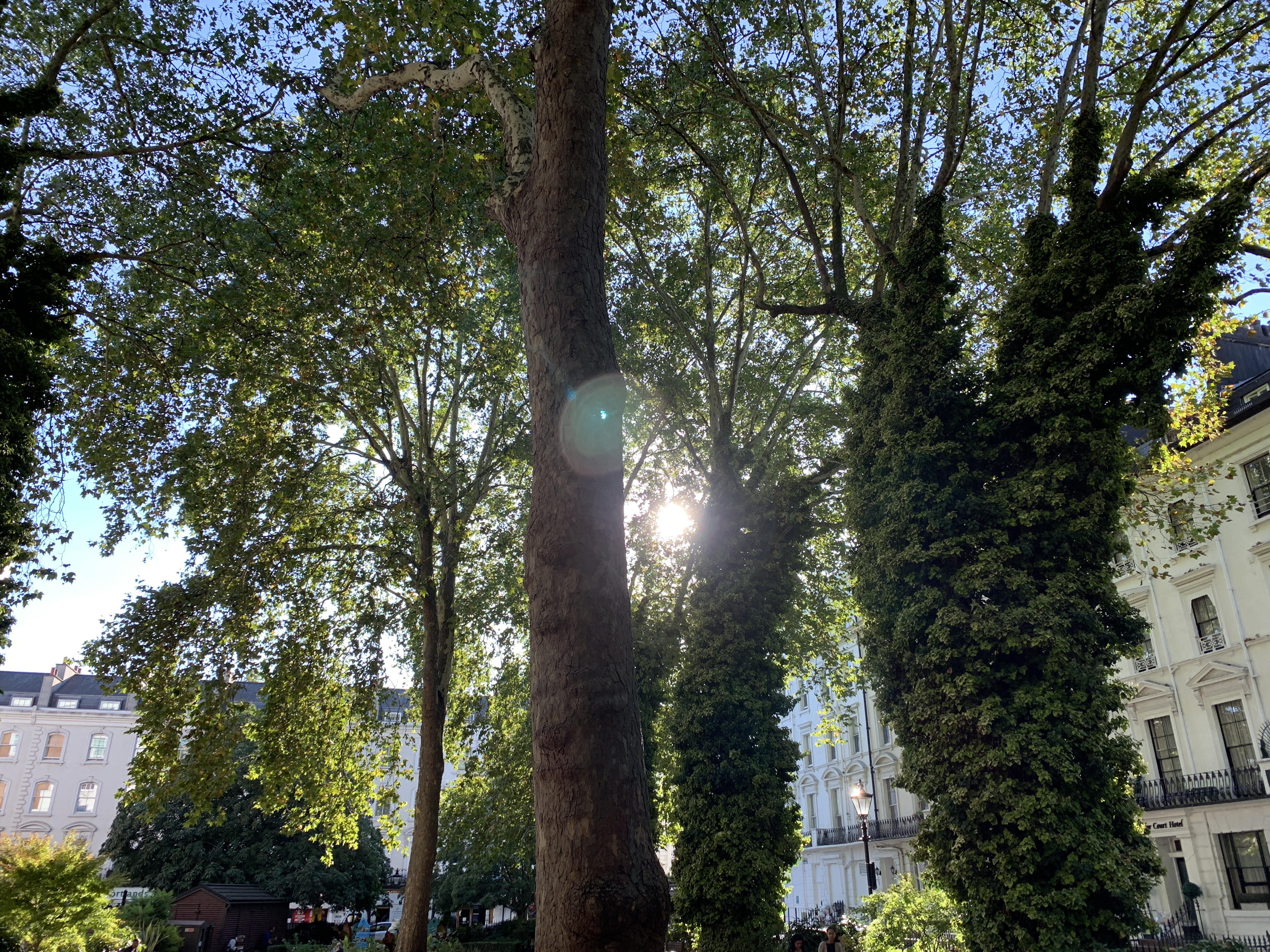
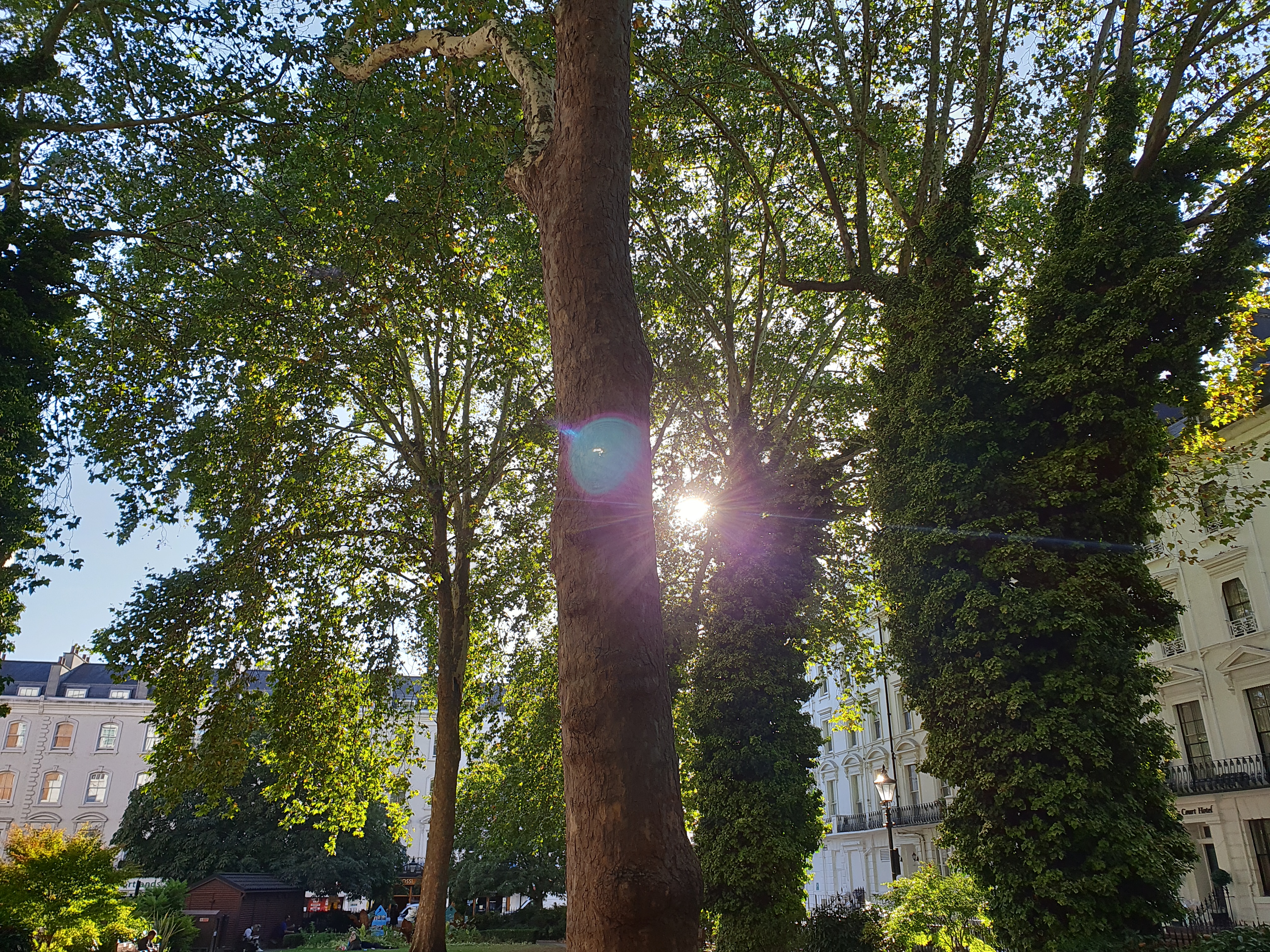
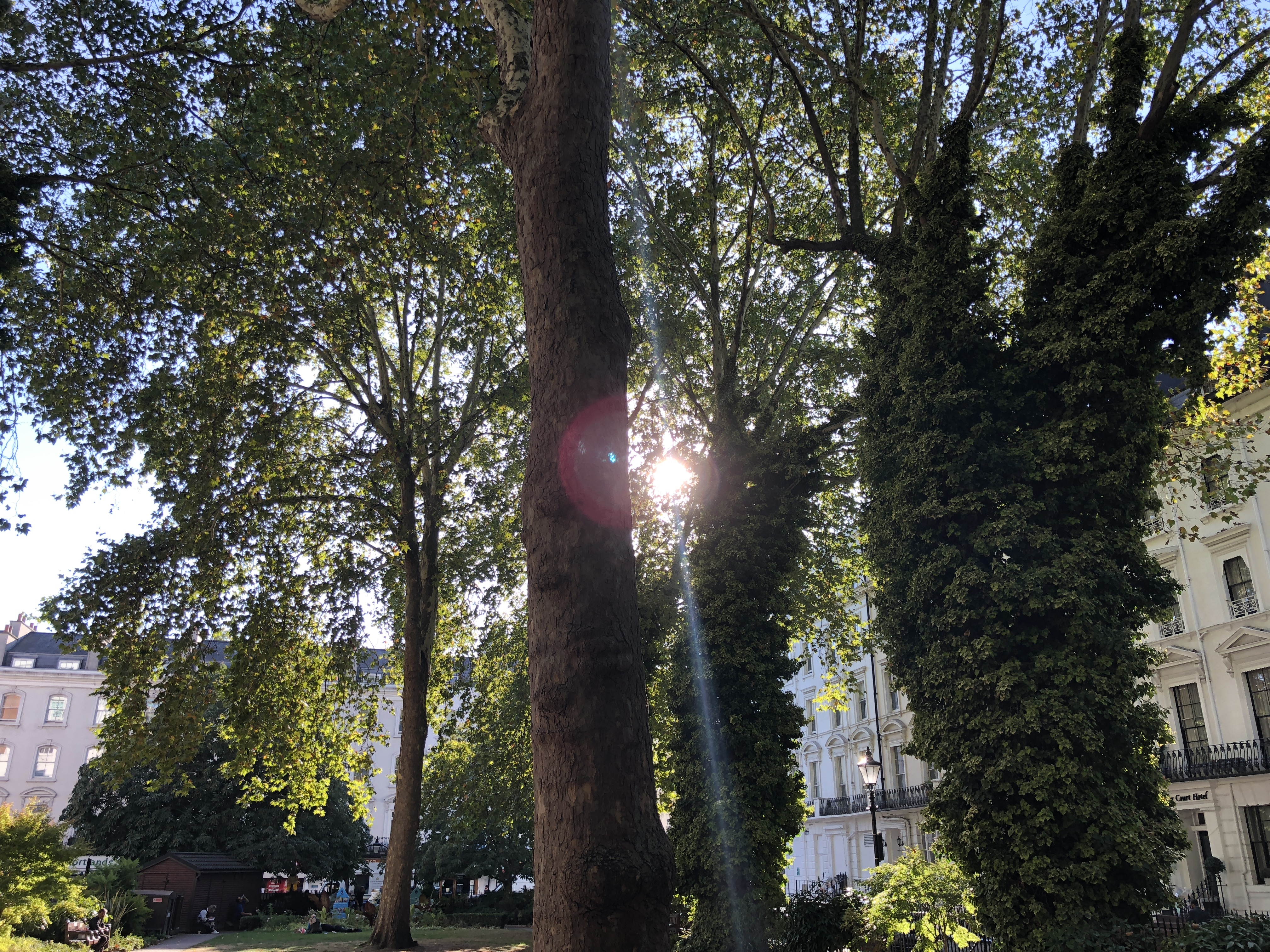
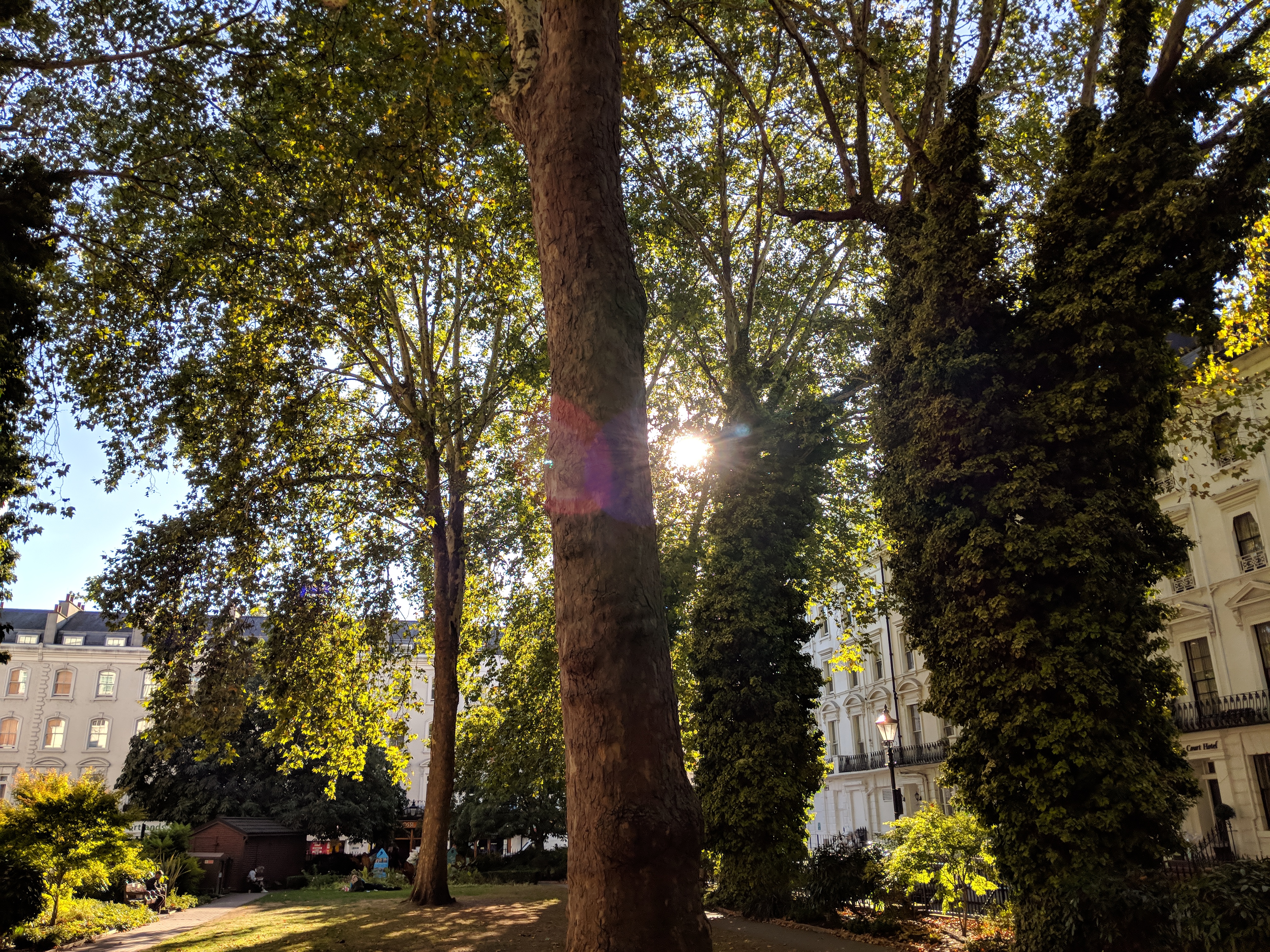
These were generally in well-lit situations, with a variety of different colors on show - although one of the things we did note is that with a strong light in the mix the rest of the shot wasn’t blown out terribly, showing that multiple exposures can be handled with aplomb.
Looking at the grid of images, the iPhone XS and X have a similar overall feel. They handle color temperature in a similar way and detail is comparable.
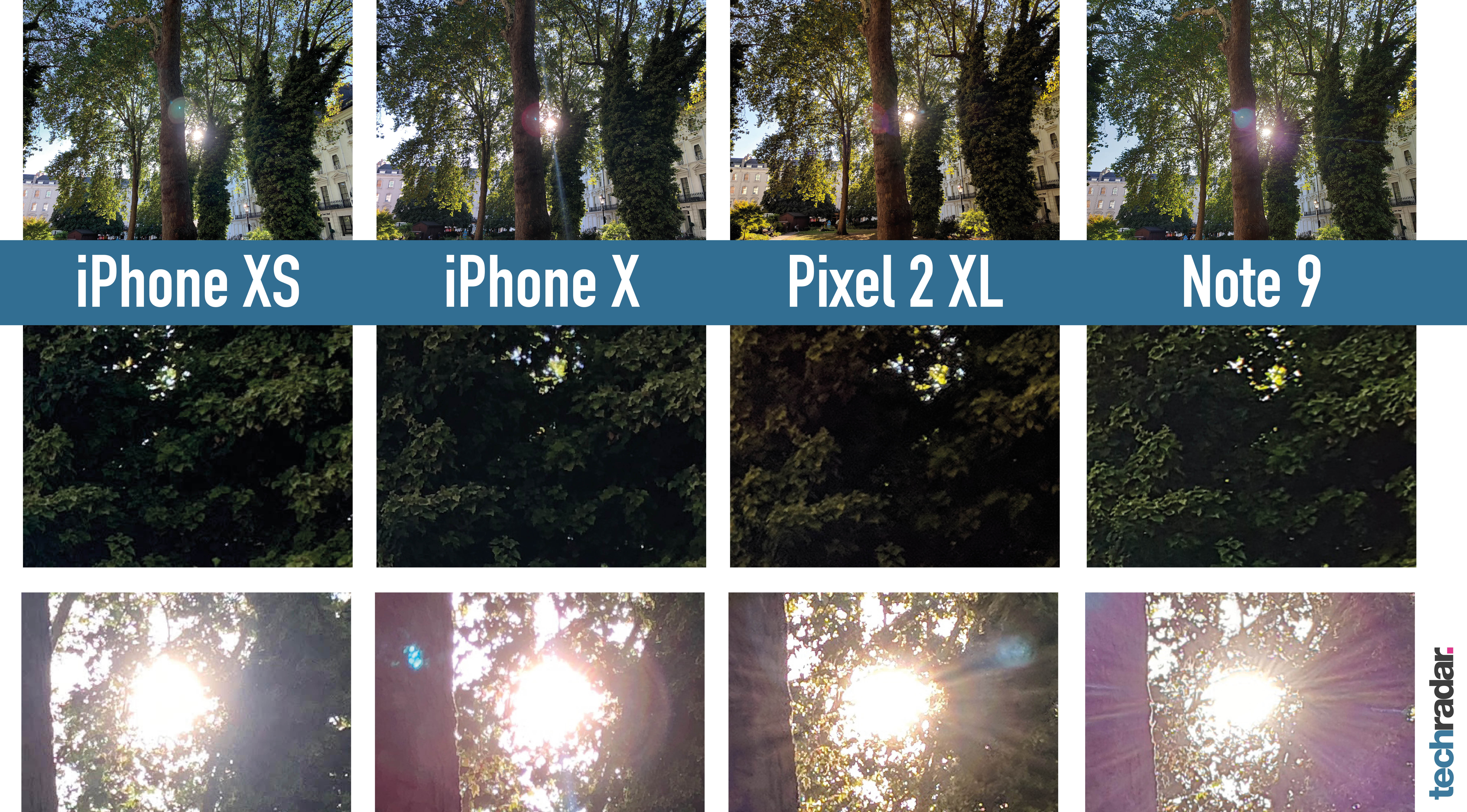
Where the iPhone XS steps ahead is colour tones - it’s able to produce richer tones even in more challenging areas. Also, when pixel pinching, there looks to be less processing going on, especially around the dark areas with the iPhone Xs better balancing highlights, lowlights and detail.
The Pixel 2 XL’s image feels more Instagram ready - slightly warmer, boosted contrast, less sharpening. In fact, it’s the least sharp generally, while still managing to retain a solid amount of detail in the high contrast areas.
The Samsung Galaxy Note 9 produces the most sharpening, a color temperature that sits somewhere between the dusky Pixel 2 XL and the cool iPhones and probably the best management of detail around the sun, complete with pleasing lens flare.
What this means is that the iPhone XS truly is in the upper echelon of smartphone snappers, with Smart HDR offering a tangible improvement over the X, specifically in challenging conditions.
Comparing the iPhone XS and iPhone X with the same photo, it’s clear that the Smart HDR mode is the key difference here. While the overall quality of the snap is largely the same, the detail and brightness throughout is improved, which bodes well for when your photography skills are poorer but you still want to get a great picture.
Apple is talking up the improved portrait mode too, with both the ability to take better pictures of people (with smarter capabilities of working out where the edges of their head lie, so they stay sharp against a blurred background) and the capability of adjusting the level of blur behind them.




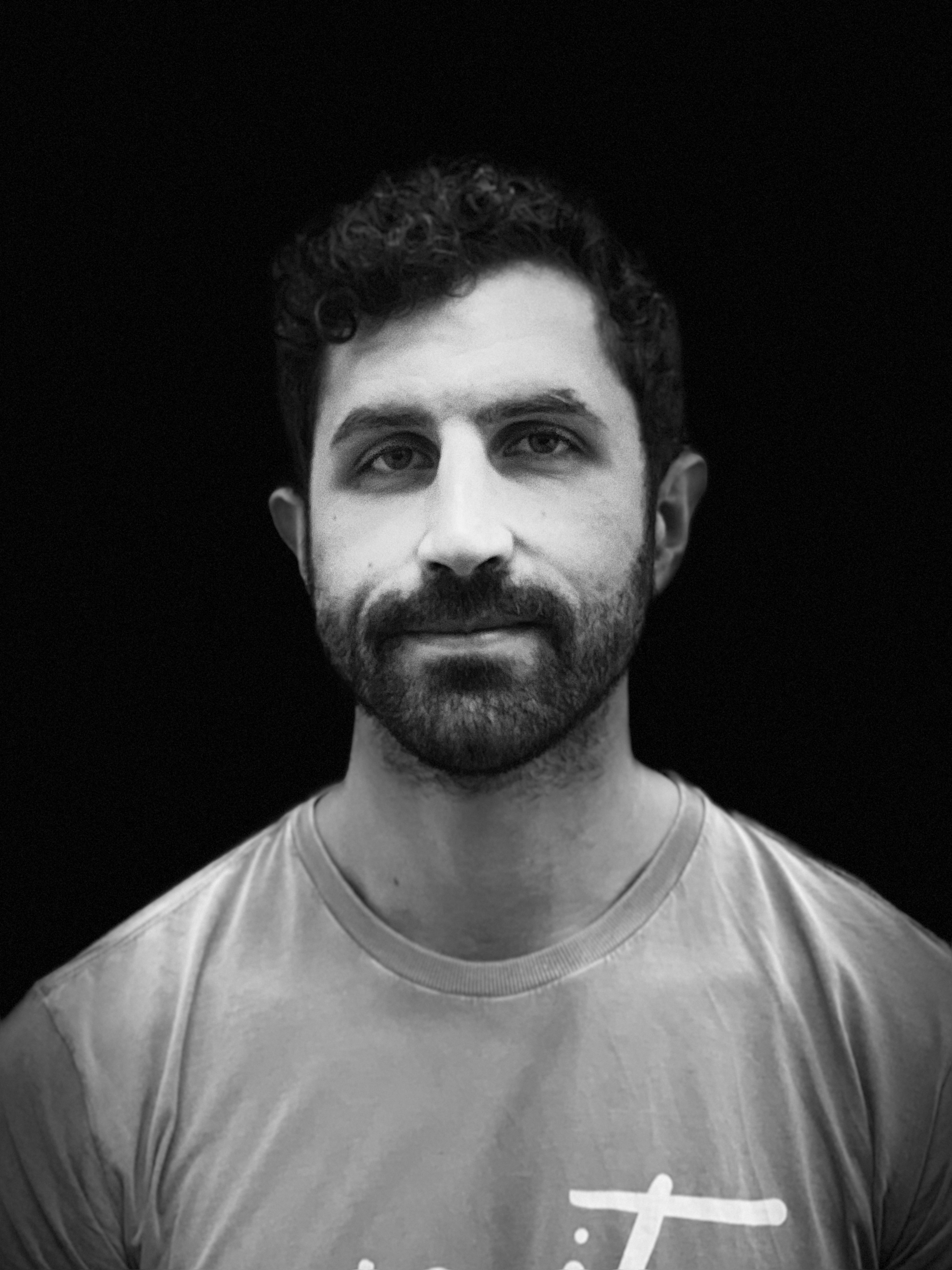
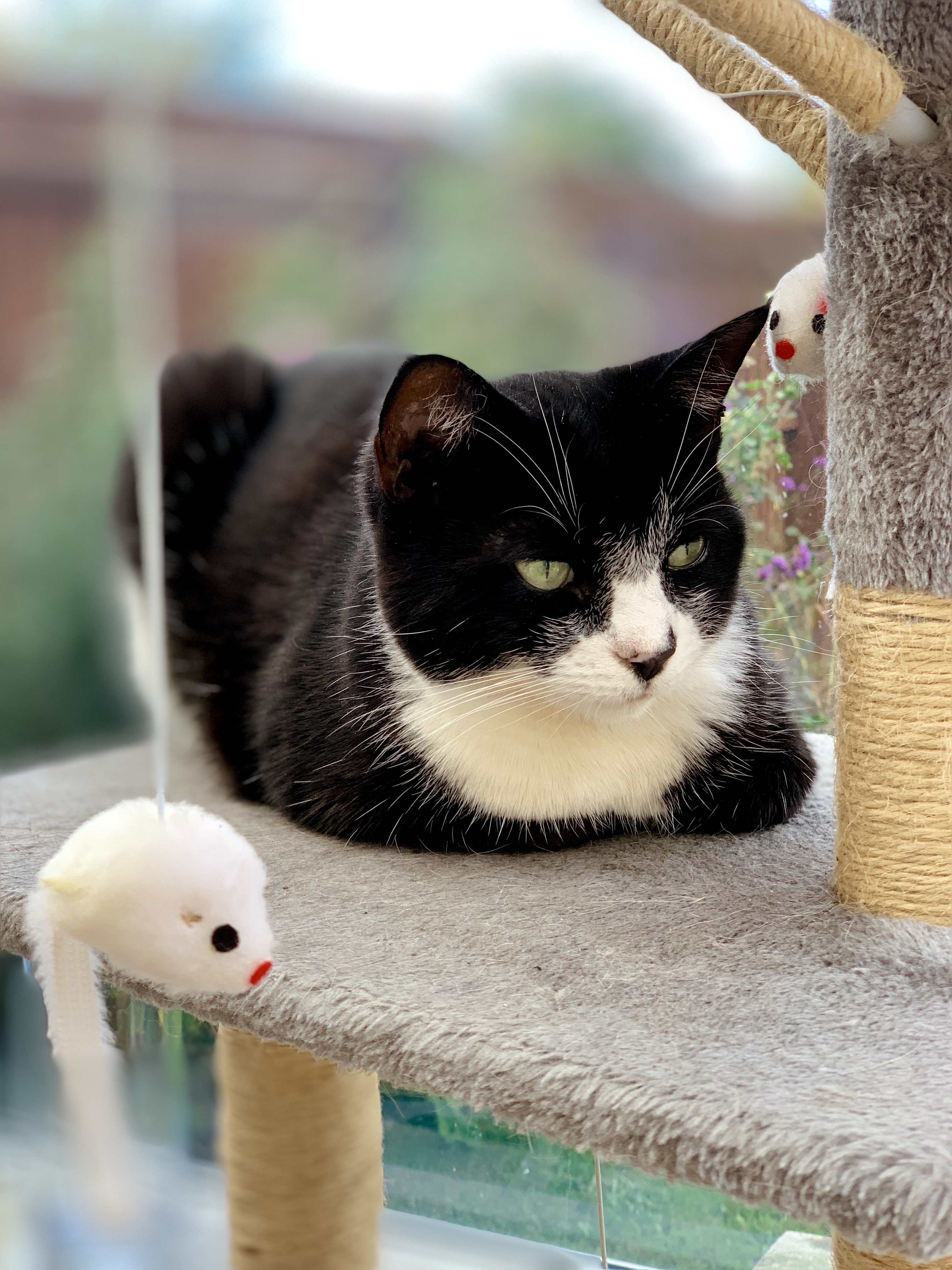
It definitely seems a little more precise, but not massively so compared to the iPhone X from last year. In fact, in side-by-side, it’s hard to see much difference between the photos at all, apart from the slight yellow tinge talked about earlier making the photos from the iPhone XS appear brighter.
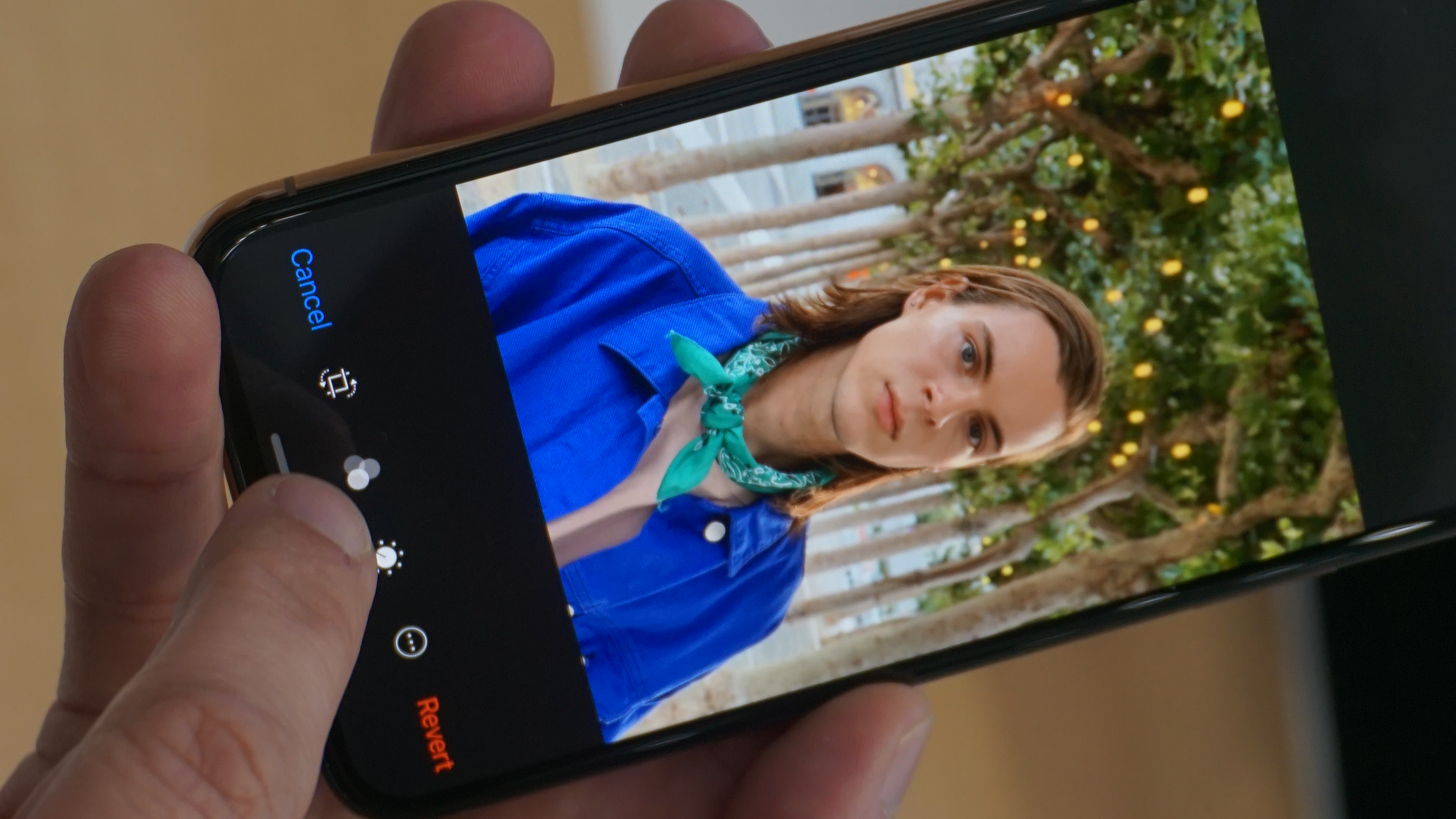
The ability to change the blur levels post snap is a good one, but nothing we haven’t seen before - Apple is claiming it’s the first brand to do this, but we’ve seen it plenty from times from the rest of the industry. The difference, according to Apple, is that it actually changes the aperture after you’ve taken the picture where others just add in a level of blur, but we’ll need to dig into that claim.
Whatever the reasoning, the post-shot blurring is effective and does make things look better, especially if there’s strong light in the background. However, it really focuses on the face and blurs out the clothing and hair a little, which can be a little odd in some cases.
It’s nice to see a small dot appear on the slider that lets you change the blur - that’s where the iPhone XS thinks you’ll find the sweet spot for blur, so it’s good to start there.
When it comes to lower-light shooting the iPhone XS is pretty capable in mixed conditions, based on our early testing. When light is very low, it can struggle a little compared to the competition thanks to having a higher aperture, but when you introduce a little bit of light to the mix it quickly picks up detail and color.



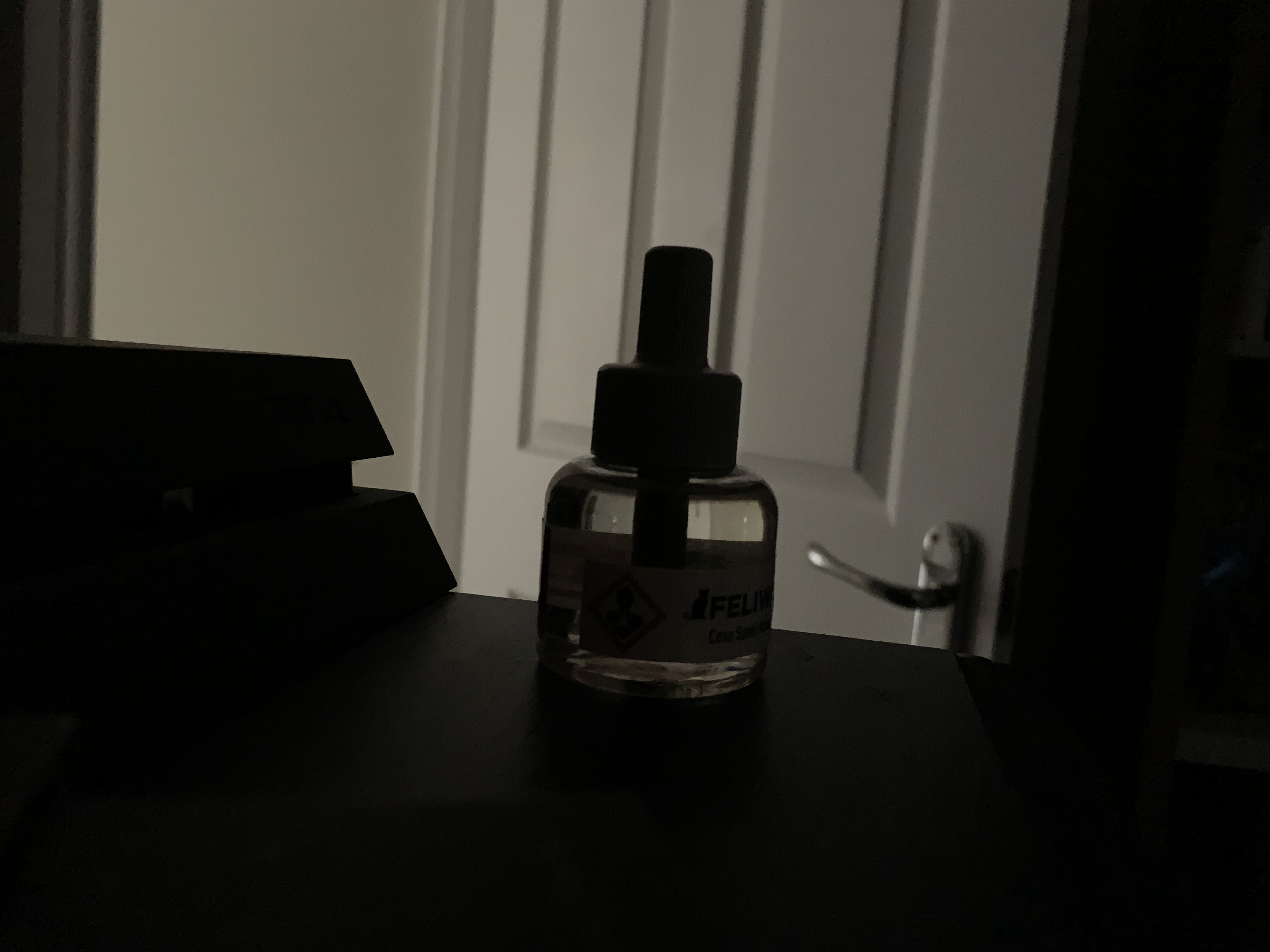
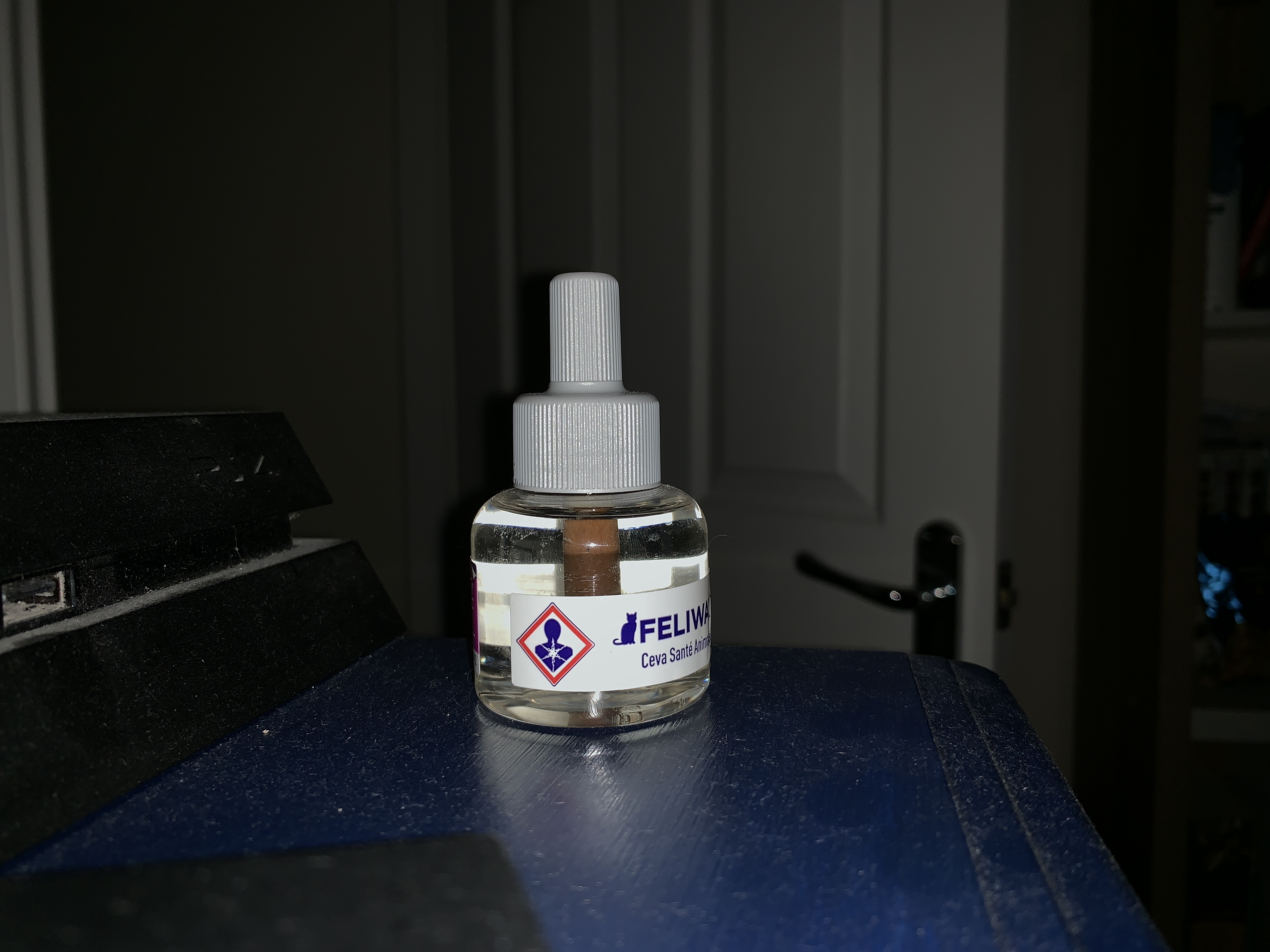
Compared to the iPhone X though, we can’t say there’s a huge difference in really low light. One would argue the XS has a slight advantage, but by both having the same aperture it seems the processing is the only real difference.
This is pretty moot as a point, given you can’t buy the iPhone X any longer, but it’s interesting to see that Apple has chosen to focus a little more on how it enhances the images post snap.
The star of the show for the new iPhone XS is clearly the Smart HDR mode, which the average use will never notice as it’s chugging away in the background, improving your snaps.
The iPhone XS isn’t the sharpest or most colorful camera on the market, nor has it yet struck us with a ‘wow’ photo - but we’re continuing to test to see if there’s more in the tank here.

Gareth has been part of the consumer technology world in a career spanning three decades. He started life as a staff writer on the fledgling TechRadar, and has grew with the site (primarily as phones, tablets and wearables editor) until becoming Global Editor in Chief in 2018. Gareth has written over 4,000 articles for TechRadar, has contributed expert insight to a number of other publications, chaired panels on zeitgeist technologies, presented at the Gadget Show Live as well as representing the brand on TV and radio for multiple channels including Sky, BBC, ITV and Al-Jazeera. Passionate about fitness, he can bore anyone rigid about stress management, sleep tracking, heart rate variance as well as bemoaning something about the latest iPhone, Galaxy or OLED TV.
